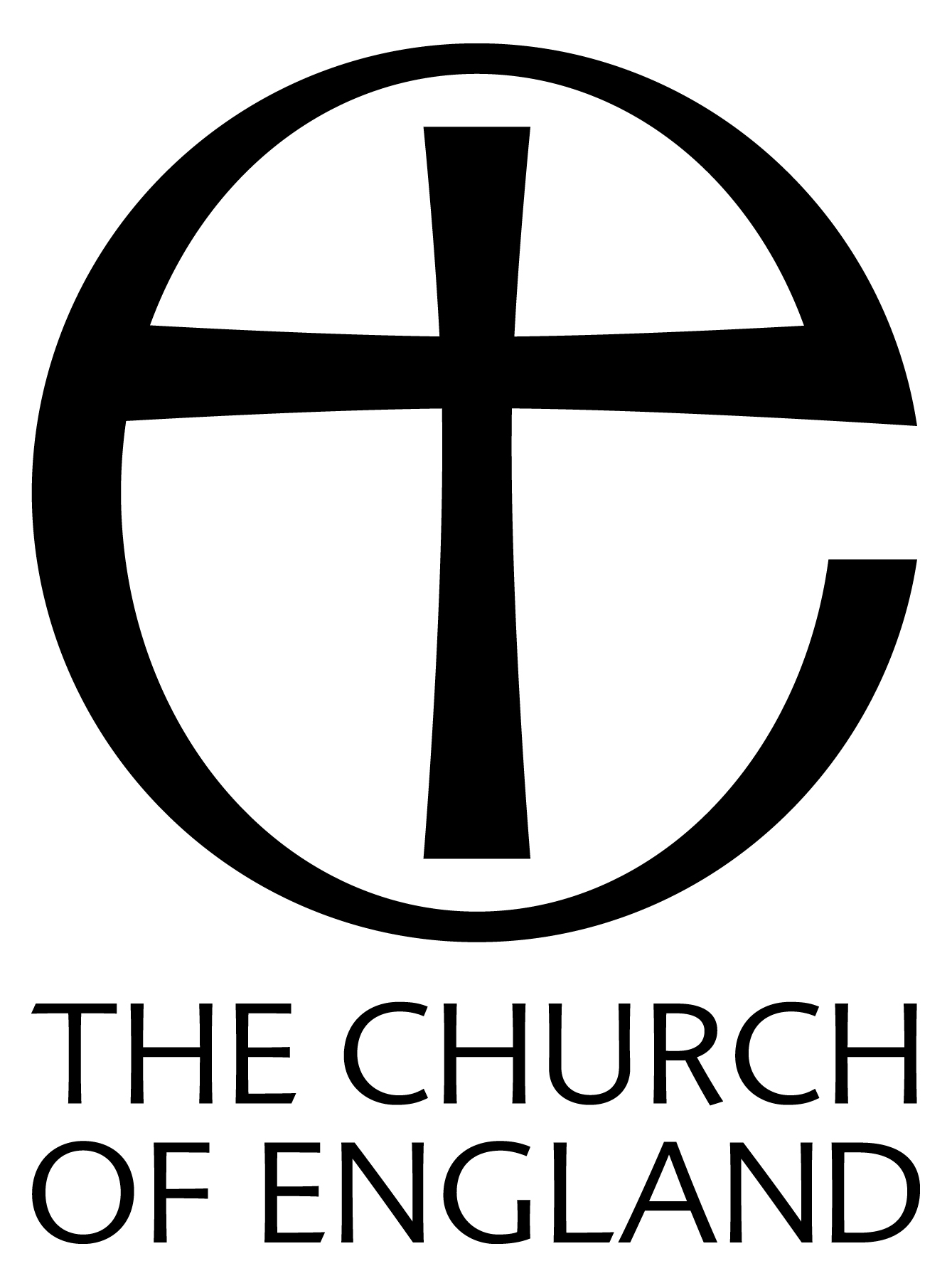Reproduced from
DRYPOOL -
Being a History of the Ancient
Parish of Drypool cum Southcoates
by M. Edward Ingram (1959)
by M. Edward Ingram (1959)
| < < < | > > > |
|
There were other troubles besides political ones. The low-lying land near the Humber was always liable to flooding and Hollar's engraving shows a bank parallel to the river and just to the south of the church. The people of Drypool were responsible for keeping that and the river banks in repair, but disaffection was in the air, and the inhabitants felt they should not be entirely responsible for something which benefitted the whole community. In 1647 those who were responsible for the collection of the rates for this purpose refused to act. They were brought up before the Court of Sewers, and having been found guilty were lodged in York Castle. This gave them time for contemplation, and when they realised they were missing the hay harvest, and the corn harvest was approaching, they petitioned for their release. Once again they were brought before the Court, where they confessed they were "sorie for their forwardness and former obstinacie," and were acquitted. Another case came before the court in the same year. The men of Drypool protested against having to bear the cost of maintaining the river banks. The case had dragged on for some time, and the Court threatened a fine of £1,000. In 1643, the soldiers quartered in the Blockhouses made matters worse by breaking down and stealing the wooden defences, whilst a "hideous and mighty winde " wrought further devastation by causing a high tide which carried away what was left. The Court, however, compromised, taking into account the " unhappy warres," and" the mighty power of God," levying a rate on the inland townships to make a loan to the men of Drypool. Bench Book V of the Hull Corporation mentions another problem of the time. On 15th August, 1644, it was ordered that, "A Collection shall be made on Sunday next in both Churches of this Towne for reliefe of one, Thomas Fisher who was borne at Dripole and has been a Captive in Argier about six yeares and a halfe in miserable slavery as by his letter now shown to this Bench appears." |
With the return of the King came a period of comparative calm. The Parliamentary Survey had made a recommendation: "Wee conceive it fitt that it be separated from Swine, and made a parish of itselfe, beinge five miles distant from Swine." When this recommendation was implemented we do not know, but the Swine connection ceased. On 31st July, 1662, John Bewe was instituted. Two months later he was admitted to St. Mary's, Hul1, although he had actual1y been there since 1658. He was married at Drypool to Mrs. Ann Pease on 26th August, 1663. There was much to do to repair the neglect suffered during the Commonwealth, and at the Archdeacon's Court in 1662 there were three presentments. The first was" for not repairing the Chauncell windows," the Proprietors being the offenders. The Churchwardens, Robert Harpham and John Maxey, were directed to " set up a font and to provide a sirplice and other things." In their defence they said they" had already provided a surplice and other things, but that they have not as yet erected a font." Finally the vicar himself was presented, "for not repairing the vicarage house." At this point it is interesting to note the marriage entry of Christopher Hildyard, of Winestead, and Hesther Dobson, son of Alderman William Dobson, of Hull. For some unexplained reason, this marriage is also recorded in St. Mary's register. There is a record, too, of the baptism of quadruplets in 1663. Bewe died in 1676, and was succeeded at St. Mary's by Samuel Prowde, Rector of Patrington, who married Bewe's widow in 1681. He claimed Drypool in that year, but there is no evidence to show that he was ever incumbent. He died in 1683. There are other claimants also at this time: Edward Wilcocke (1681-1684), who was also at Scu1coates; Robert Wilson (1681-1690) ; and Henry Jefferson, who occurs in 1684. According to J. H. Overton, Wilson was deprived as a Non-Juror in 1690. There is a letter, dated 25 October of that year |

|
|

|
|